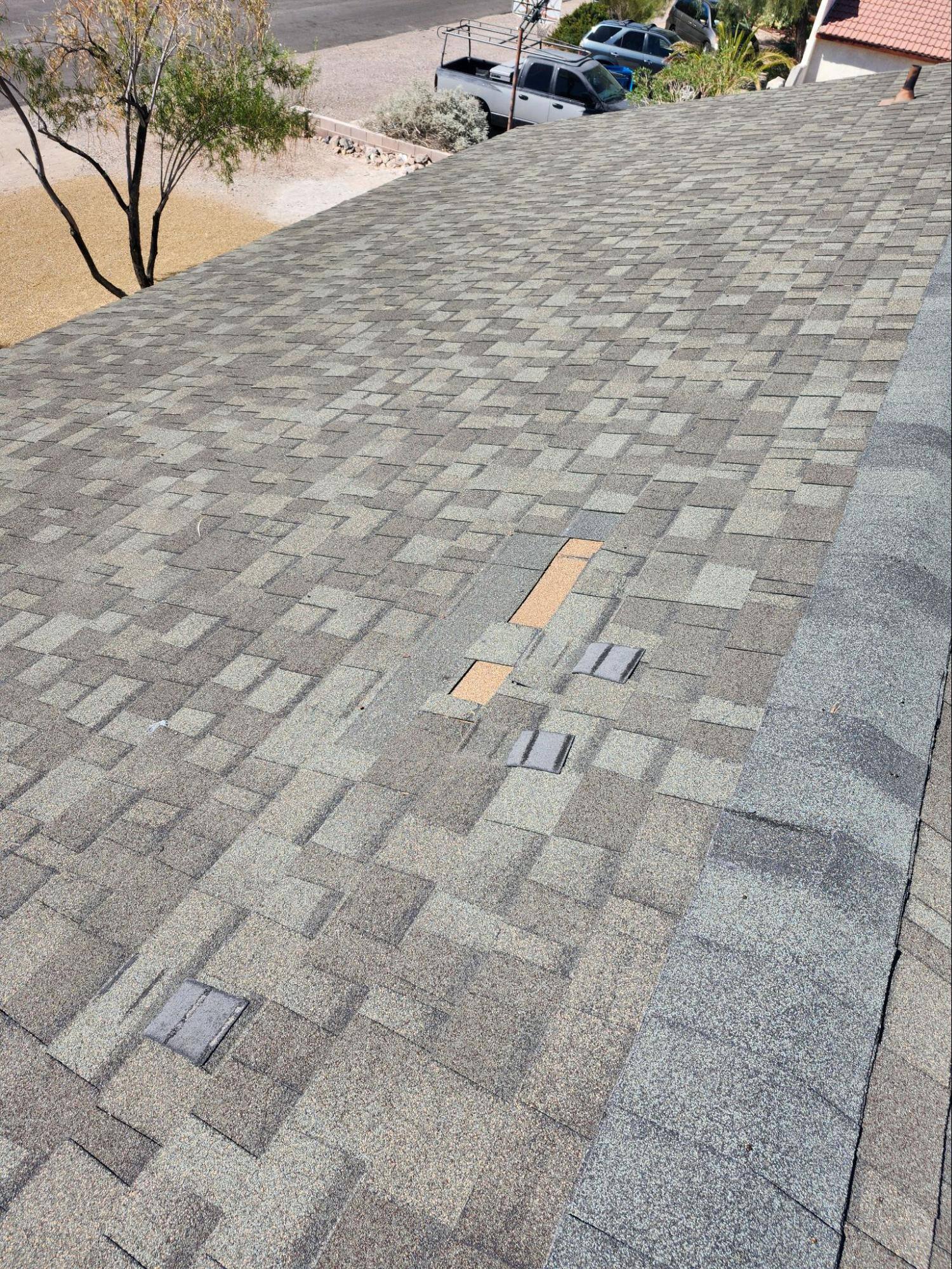How to Assess Roof Damage After a Storm: Step-by-Step Guide

When a storm hits, the roof of your home takes the brunt of the impact. It’s your primary defense against heavy rain, wind, and hail. Unfortunately, this also means it’s prone to sustaining roof damage. Knowing how to assess roof damage after a storm is crucial in protecting your home and preventing further issues like leaks or structural weakening. Below is a step-by-step guide to help you inspect your roof safely and thoroughly after a storm.
Step 1: Ensure Your Safety First
Before heading outside to assess the roof damage, ensure it is safe. Check weather alerts for any additional storms or strong winds that could pose further danger. If your roof is wet or slippery, it’s better to wait until conditions improve. Always wear sturdy shoes with good grip, and consider using a harness if you need to climb a ladder for closer inspection.
Step 2: Conduct a Ground-Level Inspection
Your initial inspection can be done safely from the ground using binoculars. Walk around the perimeter of your home, looking for obvious signs of roof damage, such as:
- Missing or displaced shingles
- Cracked or broken tiles
- Dented metal components like gutters or vents
Take note of any visible issues. This ground-level inspection will help you decide whether a more detailed assessment of the roof is necessary.
Step 3: Inspect the Attic for Water Leaks
Storm-related roof damage isn’t always visible from the outside. Head into your attic with a flashlight to check for signs of water leaks. Look for dark spots or streaks which could indicate moisture intrusion. Pay close attention to the areas where the roof meets the walls and around skylights, vents, or chimneys.
In fact, Nationwide Insurance reports that nearly 40% of all insurance claims due to wind and hail storms result from roof damage. Catching leaks early can save you money on costly repairs and prevent further damage to your home’s interior.
Step 4: Climb the Roof for a Closer Look (If Safe)
If you feel comfortable and confident in your safety, you can climb onto the roof to perform a closer inspection. Check for:
- Torn, curled, or buckled shingles
- Loose or missing flashing around chimneys, vents, and skylights
- Debris like branches or leaves that could trap moisture and lead to future roof damage
Remember, only climb onto the roof if conditions are safe, and never attempt this step if the roof is wet, icy, or heavily damaged. If you’re unsure, it’s best to call a professional.
Step 5: Check for Hidden Damage
Storms can also cause less obvious roof damage, such as small punctures or weakened spots that can turn into larger problems over time. Hail can create tiny divots in asphalt shingles, and strong winds may loosen the roof deck. These issues are harder to spot but could lead to serious problems if left unaddressed. This is where professional roof inspections come in handy.
Step 6: Take Photos for Documentation
If you do find roof damage, take clear, detailed photos. These will be helpful when filing an insurance claim. Photograph any visible problems such as missing shingles, water damage in the attic, or debris on the roof. This documentation is essential for ensuring your insurance company has all the necessary information to process your claim effectively.
Step 7: Call a Professional Roofing Contractor
Even if the damage appears minor, it’s always a good idea to have a professional inspect the roof. Experts can identify hidden roof damage and determine whether repairs or a full replacement are needed. A professional inspection is particularly important after major storms, as the long-term impact on your roof can compromise its integrity.
In fact, roofs should be inspected twice a year, preferably after major weather events. Scheduling regular inspections can prevent small issues from becoming expensive problems in the future.
Top 3 Tips to Prevent Roof Leaks in Las Vegas Homes
While assessing damage after a storm is important, proactive steps can help you prevent leaks in the first place. Las Vegas homeowners can benefit from the following preventive measures:
- Keep Gutters Clean: Clogged gutters can cause water to back up under your roof shingles, leading to leaks. Clean your gutters regularly to ensure water flows freely away from your home.
- Trim Overhanging Branches: Trees near your home can pose a risk to your roof. Overhanging branches may scrape shingles during windy conditions or break off during a storm, causing damage. Trim branches back to reduce this risk.
- Schedule Regular Inspections: Las Vegas weather, with its high winds and occasional heavy rains, can take a toll on your roof. Scheduling annual or bi-annual roof inspections with a professional can help identify potential problems early and keep your roof in top condition.
Professional Roof Inspections With Cooper Roofing & Solar
Assessing roof damage after a storm can be a challenging task. While some issues may be easy to spot, others could go unnoticed until they lead to bigger problems like leaks or structural weakening. Professional roof inspections are vital for catching these hidden issues and ensuring your roof remains in optimal condition.
If you suspect any roof damage after a storm, don’t wait. Contact Us Today for a free estimate and let Cooper Roofing & Solar help protect your home from further damage.

